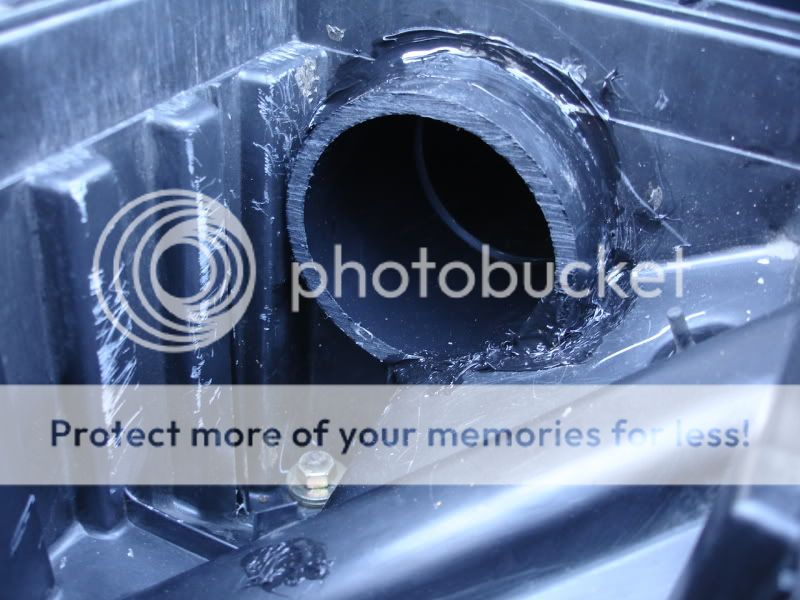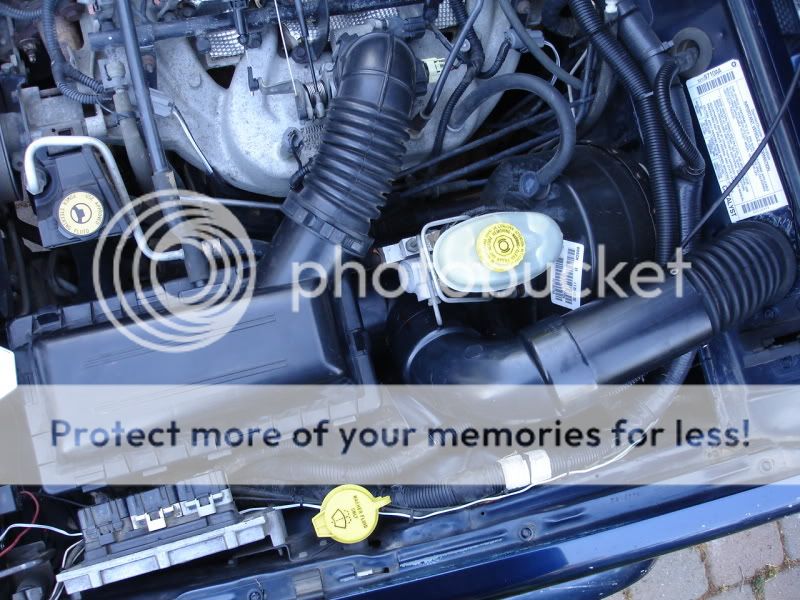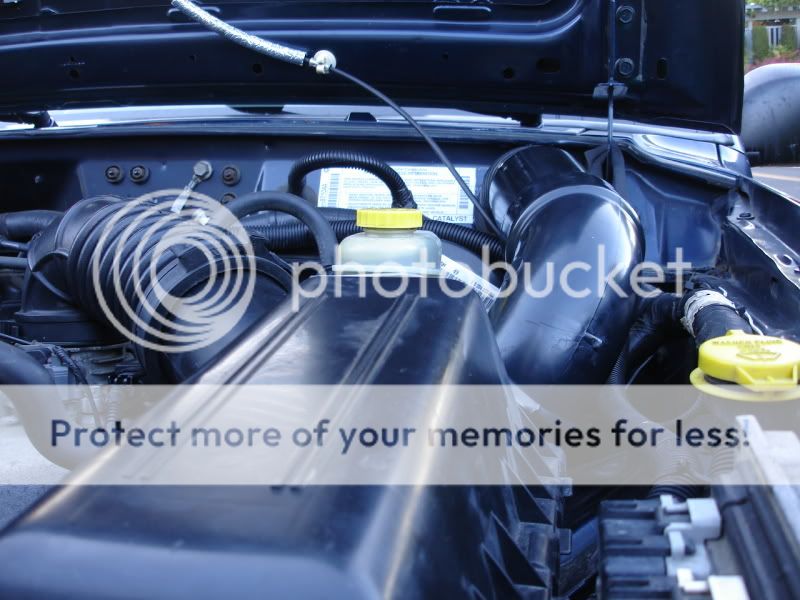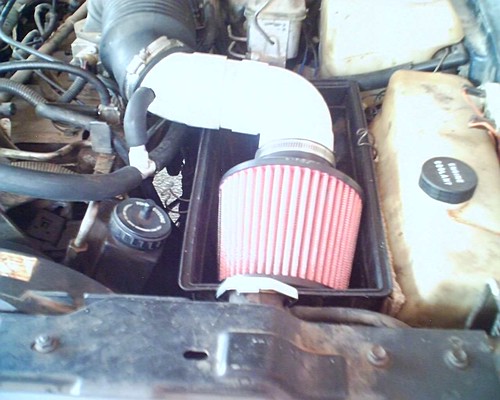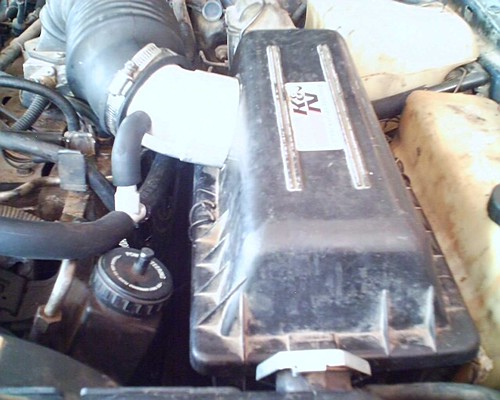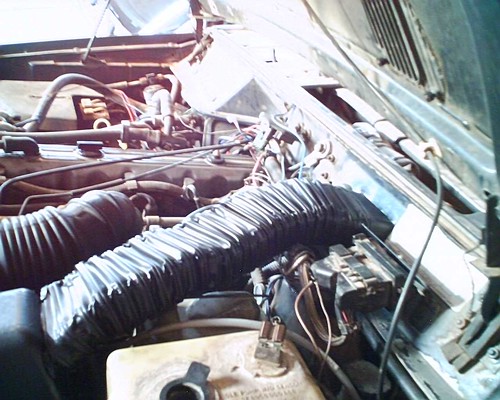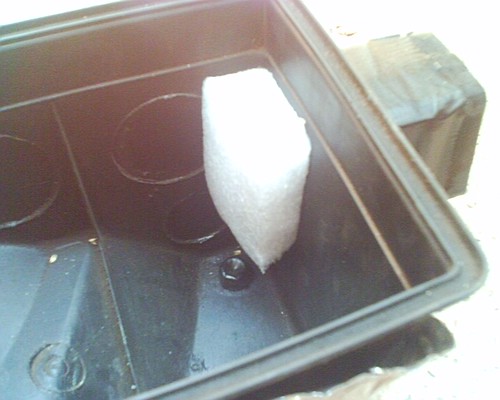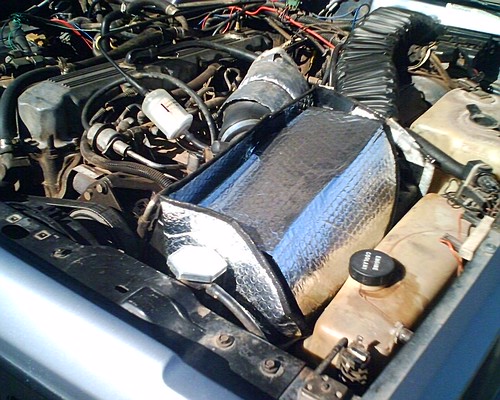I have heard and read the same about K&N Cone Filters. When I received mine I looked at it very closely and thought, well it's better than the last Cone Filter I used and installed it.
Here are some AEM Products:
Jeep Cherokee 1987-1988 28-20084DK $42.59
http://www.redlinemotive.com/store/aem/aem-dryflow-panel-air-filter/jeep.asp
Jeep AEM Dryflow Panel Air Filter
The AEM Dryflow air filter is a direct replacement drop in air filter. This AEM panel air filter is designed to replace the factory air filter in your car or truck with a high flow, lifetime warranty air filter. This is the last air filter you will ever need!
Many of the cheaper replacement air filters are just that - cheap. They might make good power, but that is because they don't filter well, and allow dirt to get sucked into your engine. The AEM DryFlow synthetic air filter does not need to ever be re-oiled, and lasts the life of your car.
So how well does the AEM DryFlow air filter work? Imagine a human hair is about 100 microns wide. The AEM air filter has been proven to filter out particles as much as small as only ONE micron wide! So good at catching dirt, yet flows enough air to power large diesel trucks that require high flow air power. Each filter is built so strong, it almost impossible to collapse.
AEM Conical Dryflow Air Filter
http://www.redlinemotive.com/store/aem/aem-conical-dryflow-air-filter.asp
A revolutionary lifetime air filter media that delivers industry-leading filtration by using a non-woven polyester-based media that does not need filter oil to trap dirt and particulates. DRYFLOW is easier to clean, more durable, will not degrade with servicing and has a higher filtration efficiency than all of the cotton-gauze filters we tested.
Product Details
Element is cleanable and is guaranteed for the life of your vehicle
DRYFLOW air filter will NOT void your vehicle’s warranty
Delivers up to 99.52% filtration efficiency, based on independent SAE J276 JUN93 FINE DUST Air Cleaner Test Code procedures
21-203DK 3" Inlet DryFlow Air Filter. 5'' Element
21-203D-HK 3" Inlet DryFlow Air Filter. 5'' Element w/ Hole for AIT Sensor
21-2038DK 3" DryFlow Air Filter. Short Neck 8'' Element
21-2039DK 3" Inlet DryFlow Air Filter. 9'' Element


